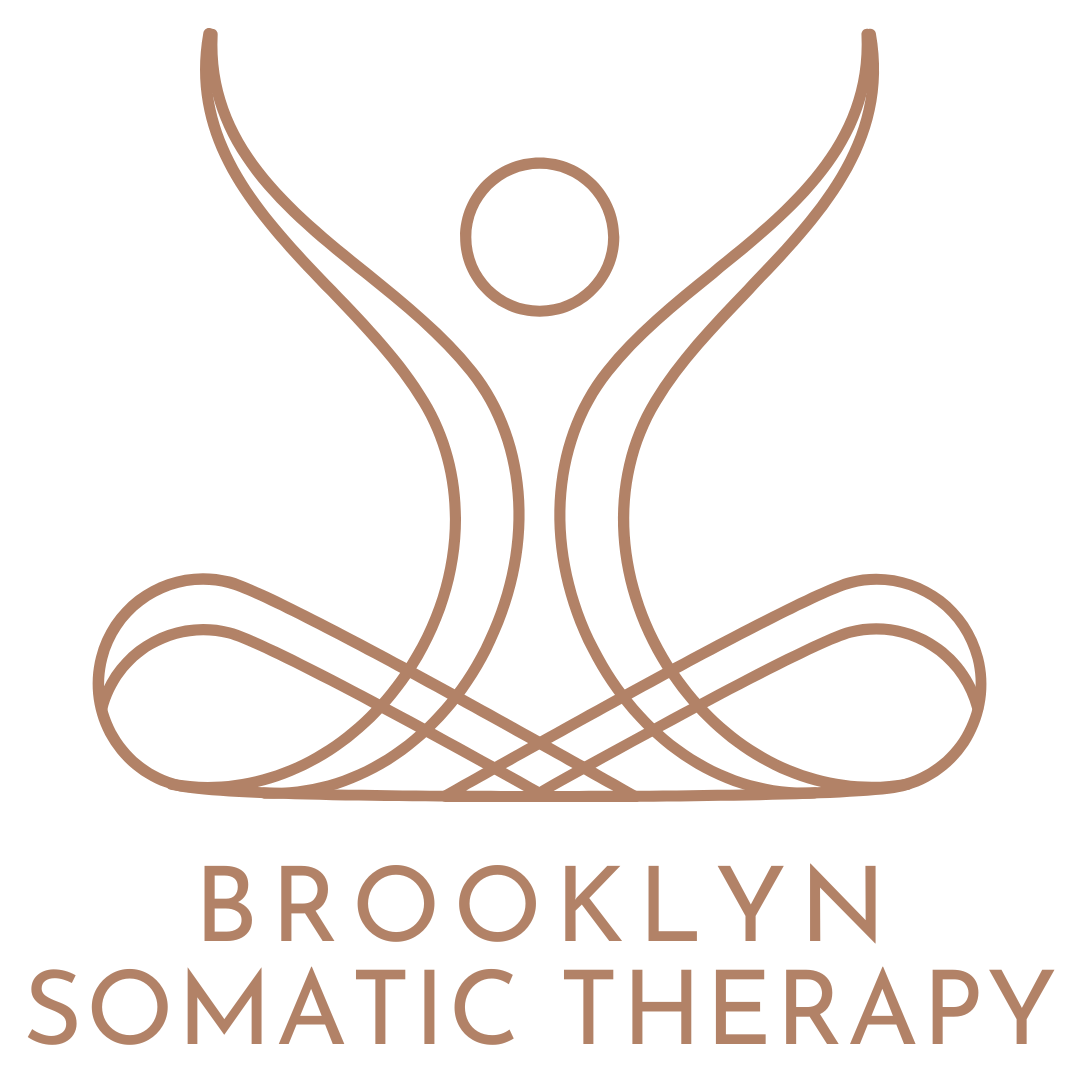Integration is a Journey, Not a Destination
Why you can't do this alone
One of the most important insights from the integration research is that healing doesn't happen in isolation. The Western medical model focuses on individual treatment, but profound experiences often reveal how interconnected our struggles and healing really are.
At the Denver conference, researchers shared data showing that people who participate in integration circles or have strong community support maintain benefits from profound experiences significantly longer than those who try to navigate the aftermath alone. This makes sense when we consider that many of our deepest wounds come from experiences of disconnection—feeling unseen, unheard, or fundamentally alone with our pain.
Community integration isn't just about having people to talk to (though that matters). It's about being witnessed in your growth, having your changes reflected back to you when you can't see them yourself, and being held with compassion when old patterns resurface. It's about having spaces where the language of transformation is understood, where struggles with change are normalized rather than pathologized.
When the insights feel like they're fading
The integration research reveals something both challenging and deeply liberating: what feels like failure is often the most important part of the process. It's completely normal for people to have profound realizations about self-compassion, connection, or their life's direction, only to find themselves caught in familiar patterns of anxiety, criticism, or isolation weeks later.
Traditional approaches might see this as evidence that "nothing really changed," but integration-oriented perspectives understand these moments differently. Healing doesn't happen in linear progress—it's a series of expansions and contractions that, over time, create forward movement. Think of how an earthworm moves through soil: it expands and contracts, expands and contracts, each cycle allowing it to move deeper into new territory. The contraction isn't going backwards—it's gathering energy for the next expansion.
When old patterns return, they can provide valuable data about what triggers these states and what practices or supports are most helpful for moving through them. More importantly, each time we recognize an old pattern arising and choose something different—even slightly different—we're strengthening new neural pathways. The contraction phase becomes an opportunity to practice meeting ourselves with the compassion we discovered in our moments of expansion.
The goal isn't to maintain a permanent state of enlightenment or to never struggle again. It's to develop a different relationship with the full spectrum of human experience—including difficulty and pain. People who have done thorough integration work often say that while they still face challenges, they relate to them with more self-compassion, better tools for regulation, and a broader perspective that honors both the contractions and expansions as necessary parts of their healing journey.
Integration as a way of living
What does integration actually look like day to day? It's surprisingly ordinary and extraordinarily profound at the same time. It might be pausing when your inner critic starts its familiar monologue and asking, "What would it sound like if I spoke to myself with kindness right now?" It could be choosing to have a difficult conversation instead of withdrawing, or feeling grief fully instead of pushing it away, remembering that emotions are information rather than emergencies.
These might seem like small things, but they're actually profound acts of rewiring. Each time we choose a response that aligns with our deeper insights rather than our habitual patterns, we're strengthening new neural pathways and weakening old ones. Integration isn't a task to complete—it's an ongoing practice of living from what we've learned about who we really are.
The research shows several elements that help make this sustainable: regular reflection (whether through journaling, art, or trusted conversations), embodied practices that help maintain nervous system awareness, community support that can witness your growth, and patience with the inevitable spirals of expansion and contraction.
How we can support your integration
At Brooklyn Somatic, we understand that profound insights—whether from our ketamine-assisted therapy, traditional psychotherapy, or other healing experiences—are just the beginning. Our practitioners specialize in helping you navigate the integration process, building the nervous system resilience that makes lasting change possible while holding space for whatever surfaces as you embody new ways of being.
This work honors what we've always known: that healing happens when we create safe spaces for transformation, trust the body's wisdom, and remember that growth is a collaborative rather than solo journey.
The long view
The most inspiring integration stories aren't about people who had perfect experiences and never struggled again. They're about people who used their insights as a foundation for ongoing growth, developing a quality of resilience that allows them to meet life's challenges with greater awareness and compassion.
Whether your profound experience came through psychedelic therapy, traditional healing work, or simply life's capacity to crack us open, the invitation is the same: to weave what you've learned into a life that honors both your wholeness and your humanity. The real medicine isn't in the moment of breakthrough—it's in the thousands of small choices that follow, each one an opportunity to embody what you've discovered about how you want to move through this world.
Ready to begin your integration journey? To really support your changes and healing from your psychedelic experience, begin to work with our team today. Our practitioners are here to help you navigate the ongoing process of transformation with compassion and expertise.
